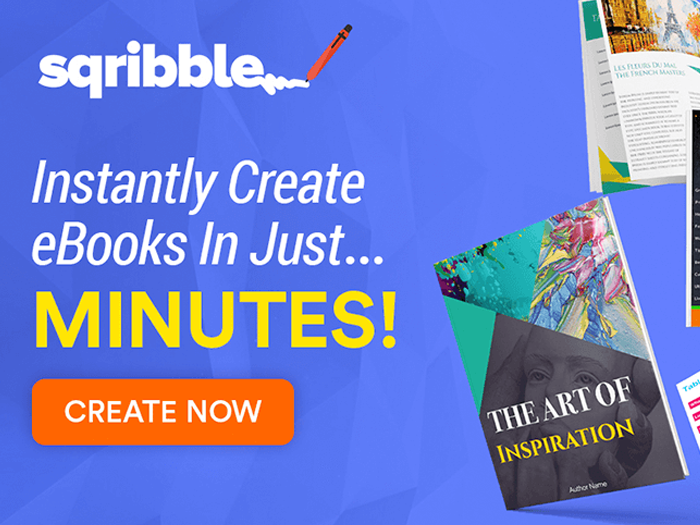Introduction With the fast growth in the use of smartphones, perhaps creating mobile apps has become a popular thing amongst marketers and all Busniess owners. There are two ways you can benefit from creating apps. If you own a business and want to involve the use of technology, then you must have a mobile app. …
Continue reading “Mobile Agency Apps Review – Create Mobile Apps With Zero Coding Skills”









